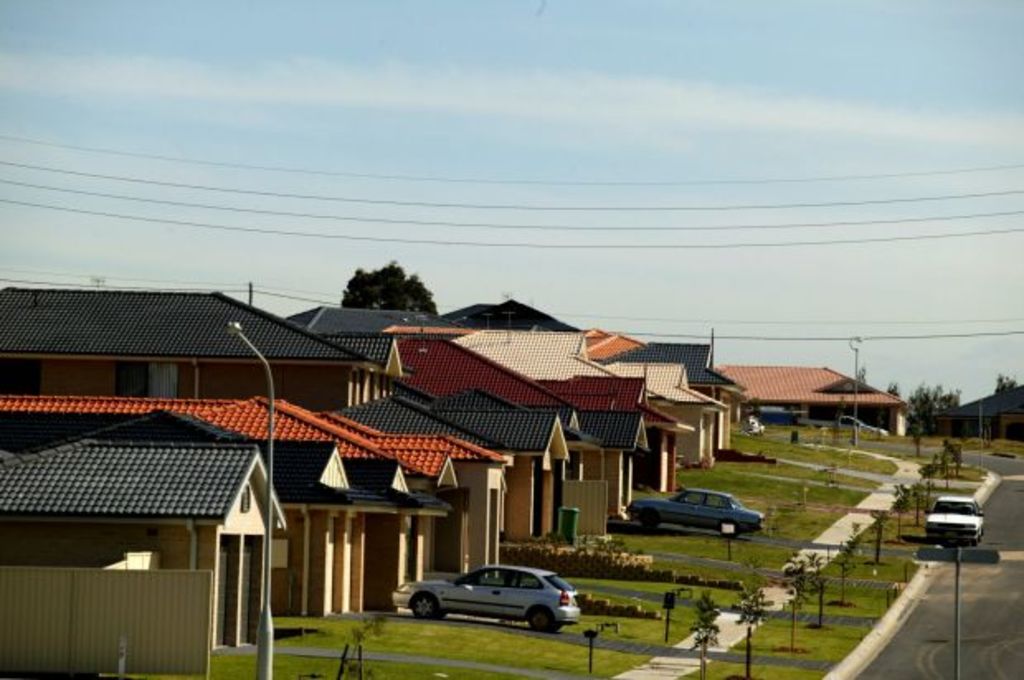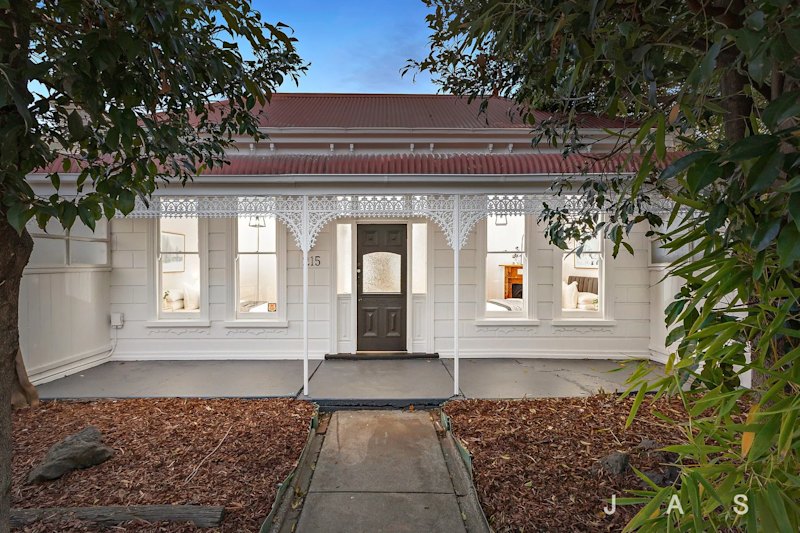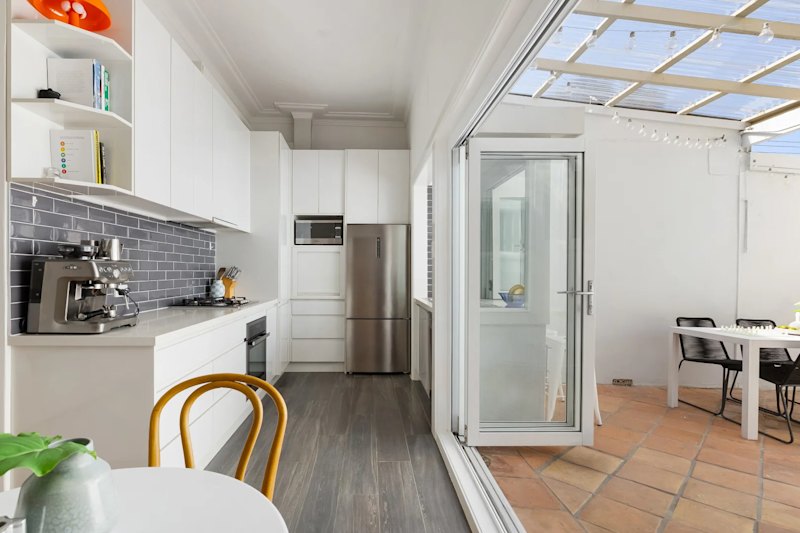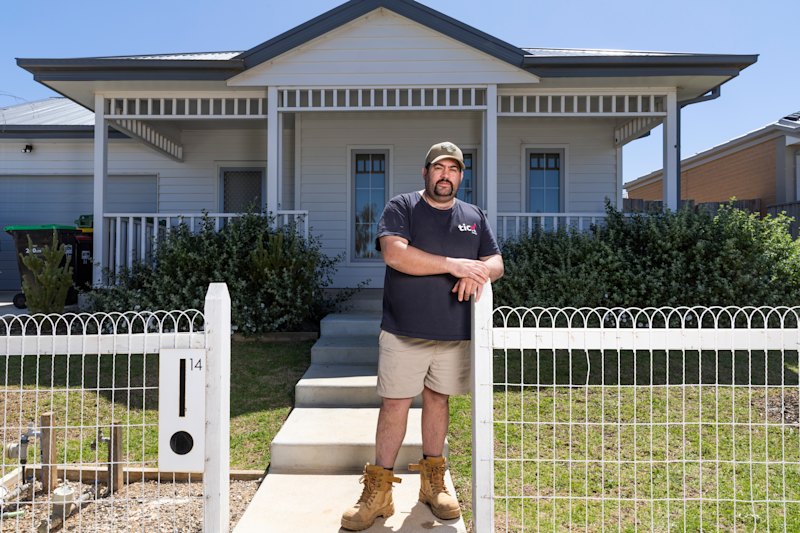Explosion of cookie cutter homes 'wreaking havoc for homeowners', experts warn

Australia’s love for cheap and quick to build “cookie cutter” homes is wreaking havoc for homeowners and the environment alike, according to building and design experts.
ArchiCentre Australia director Peter Georgiev has slammed developers and builders for the explosion of sub-par, one-size-fits-all homes that are based on “star gazing, fantasy and over-servicing” rather than tailoring to needs.
“There are display villages galore and the same product is trodden out street after street. The homes are quite repetitive” Mr Georgiev said.
“You now have the ability, in the backwaters of suburban Australia, to have as many bathrooms as you please. These are the trends happening not on need but on fantasy,” Mr Georgiev said.
He is concerned residential developments are flawed from the base up where builders are peddling cheap products and constructing homes in a stock-standard way, regardless of whether it is suited to a site’s different landscapes, and cutting corners at every turn to cash in the maximum amount of jobs possible.
“The standard approach to building design is being eroded. We’re talking about cutting to the bone to the point we end up with substantial defects,” Mr Georgiev said.
“Regulation is there to set a minimum standard. This quest with getting away with doing the least amount of work is endemic with the development mentality. It’s ‘what can we get away with and what don’t we have to do’ as opposed to ‘what is a good idea and how can we get a low cost for the life cycle of the home’,” he said.
One of the main structural problems he has come across repeatedly in the past two decades is “slab heave” which causes a house to twist and crack in the walls, doors and windows when “waffle pod slabs” are placed on inadequately compacted soil.
The product, which is a cheap alternative to your traditional concrete slab that’s excavated into the ground, is built on top of the ground using polystyrene pods. It needs very firm soil, excellent draining and sites that are virtually flat to work best.
But Housing Industry Association executive director of building policy Simon Croft said the commonly-used concrete slab, which was recognised in the Australian building standard, wasn’t ‘one-size-fits-all’.
“Site topography, building size, drainage (both natural and constructed) and the structural design of the load bearing elements can also influence the slab design,” Mr Croft said.
Since it arrived in the 1990s, the housing industry has seen a proliferation of this type of foundation and it’s had a disastrous effect, according to architect and builder Ian Forrest.
“It may cost $10,000 to $15,000 on a job but it can cost owners and builders a lot more for bad workmanship and lack of design,” Mr Forrest said.
He estimated attending to one job a month with homeowners complaining about doors and windows unable to close and they are problems that are often extremely hard to fix.
- Related link: New architecture designs for high density living
- Related link: Micro homes made out of drain pipes
- Related link: Kings Cross locals furious about developers plans
“There was one place where the owner was jacking up his car in the garage and the concrete was so thin it broke through the ground and you could see the polystyrene,” Mr Forrest said.
He now wants the product banned across the country after observing countless defects in the product and flaws with the certification system and the building assessment process in Victoria.
But the country’s peak organisation representing builders, Master Builders Australia, said its members abided by current regulations and refuted claims that residential homes were poorly designed.
“Master Builders and our members are committed to building quality homes and the National Construction Code (NCC) sets minimum standards for housing design and construction including in those offered in house and land packages,” said Denita Wawn, CEO of Master Builders Australia.
“Keeping home ownership within reach of average Australians must also be a high priority and code compliant new homes in variety of price points is an important part of that equation,” she said.
Mr Georgiev has called on the government to question what is currently being delivered in the residential space.
“Government certainly has to review the outcomes of what is being constructed at the moment and the value over the life cycle of these buildings. How long do they last, how costly are they to maintain and should we really be cleverer about cost – not just cost today, although it’s important – but the cost over the life of the building and the life of the occupants,” Mr Georgiev said.
A spokesperson for the Department of Planning and Environment said while it was not aware of any specific issues raised in relation to waffle pod slab construction it was in the process of implementing a range of building regulation reforms.
The spokesperson said it follows a comprehensive review of the building regulation and certification system in 2015.
We thought you might like
States
Capital Cities
Capital Cities - Rentals
Popular Areas
Allhomes
More







